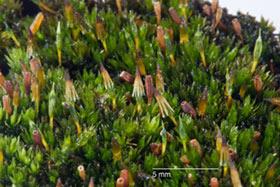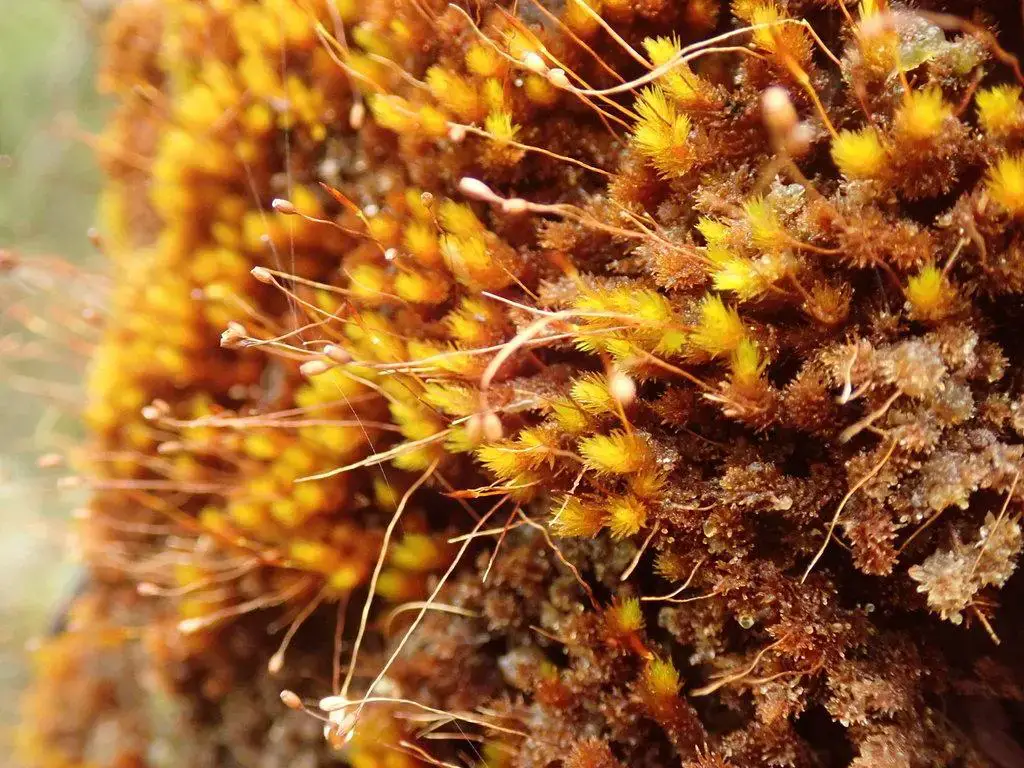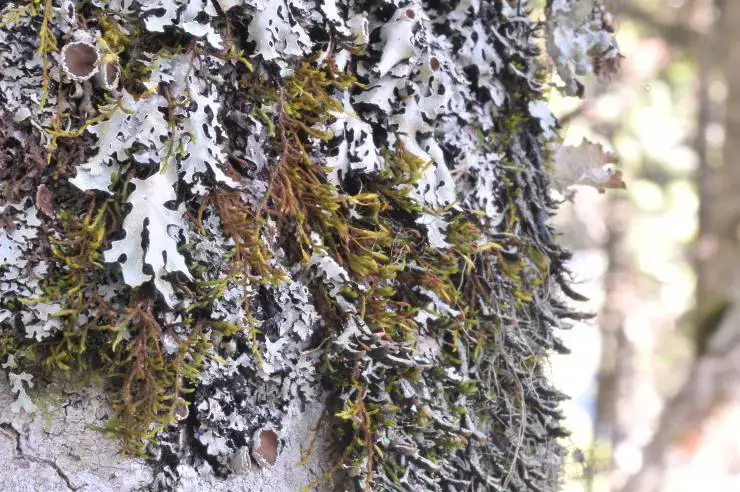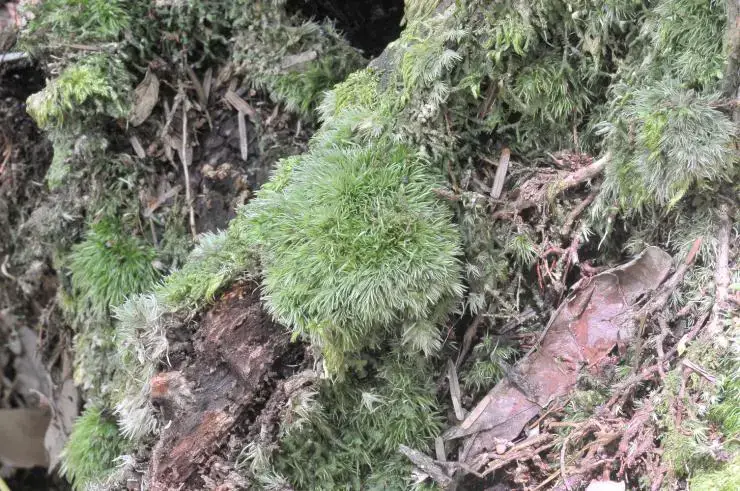
macromitrium-ramsayae-01a.jpg from: https://www.nzpcn.org.nz/flora/species/macromitrium-ramsayae/
Macromitrium aureum Müll.Hal.: The Golden Moss of the Orthotrichaceae Family
Introduction
Mosses are fascinating and often overlooked members of the plant kingdom. One particularly interesting species is Macromitrium aureum Müll.Hal., also known simply as Macromitrium

large.jpeg from: https://inaturalist.nz/observations/88236610
or golden moss. This captivating moss belongs to the

5856d54f21c593d9017a4c708465902e.jpg from: https://openmuseum.tw/muse/digi_object/944be5363af1050246cc941b5ca41998
Orthotrichaceae family and has some unique characteristics worth exploring. In this blog post, we’ll dive into the world of Macromitrium aureum and discover what makes it so special.
Background
Macromitrium aureum is a species of moss in the Bryophyta division, specifically in the Bryopsida class. It was first described by German botanist Johann Karl August Müller in 1851. The species epithet “aureum” means “golden” in Latin, referring to the yellowish-golden color of the moss when dry.
Morphology and Identification
Macromitrium aureum forms dense, cushion-like tufts that are typically 1-3 cm tall. The leaves are lanceolate (lance-shaped) and have a golden sheen when dry, which is a key identifying feature. Under a microscope, you can see that the leaf cells are rounded-hexagonal and the leaf margins are entire (smooth-edged).
The sporophytes (spore-producing structures) of M. aureum are also distinctive. They have elongated capsules that are ribbed when dry and

7037e79d418c961c5141889e083833ce.jpg from: https://taieol.tw/muse/digi_object/2355523fe7d6b11d4b7a8ac495911fd7
peristome teeth (tooth-like structures around the mouth of the capsule) that are paired. These traits help differentiate M. aureum from similar species.
Global Distribution and Habitat
Macromitrium aureum has a wide distribution, being found in tropical and subtropical regions around the world, including parts of Africa, Asia, Australia, and the Americas. It typically grows as an epiphyte on the bark of trees in humid forests and woodlands. The moss prefers partial shade and moderate moisture levels.
Ecological Roles and Adaptations
Like other mosses, Macromitrium aureum plays important ecological roles:
- It helps retain moisture in its environment
- Provides habitat for micro-organisms
- Contributes to nutrient cycling
M. aureum has several adaptations that allow it to thrive as an epiphyte:
- Rhizoids (root-like structures) for attachment to bark
- Concave leaves to channel water towards the stem
- Poikilohydric nature (ability to tolerate desiccation)
Conclusion
Macromitrium aureum may be small, but it is a prime example of the incredible diversity and resilience of mosses. From its eye-catching golden color to its fascinating morphological features, this species has much to offer bryology enthusiasts. Next time you’re in a humid forest, keep an eye out for the golden tufts of M. aureum – you might just develop a new appreciation for the miniature world of mosses!
What other amazing bryophytes have you encountered in your adventures? Share your stories in the comments below!